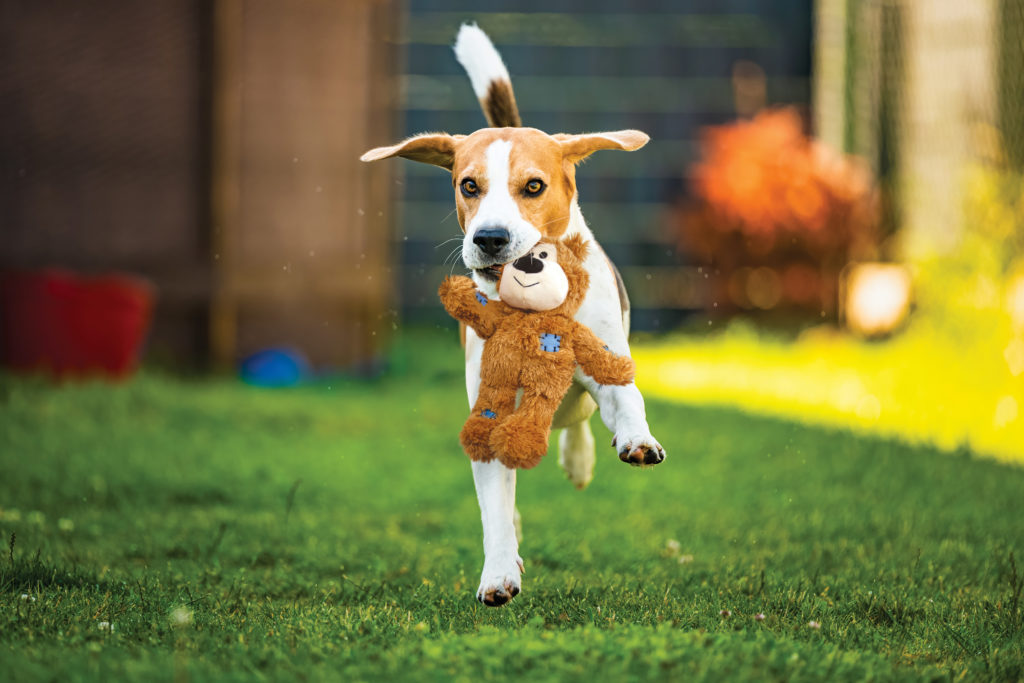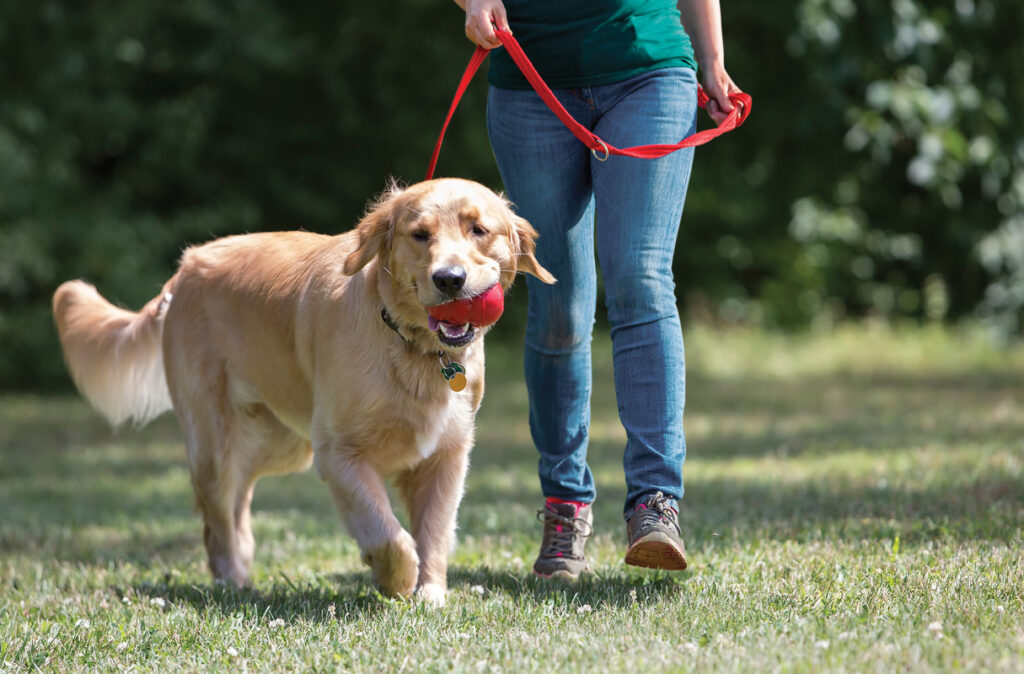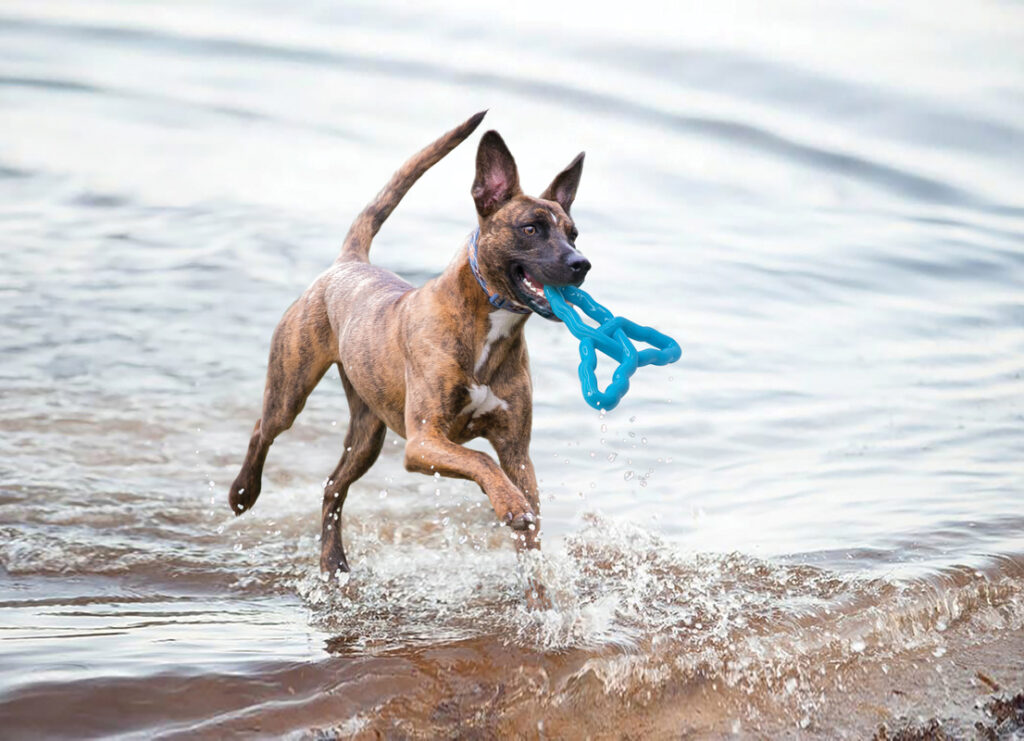While the pandemic has had devastating effects on the world, one bright spot is that more pups have been adopted than ever before. Dogs of all ages and from all kinds of backgrounds have joined new homes and begun their happily ever after’s. Some of these dogs have been through a lot in their lives — they’ve been abandoned by families (sometimes multiple times), been abused, or been let down in other ways. They’re looking for, and are deserving, of permanent homes and pure love.
It can take some time for your new pup to settle into their new situation. They may be scared by certain noises or situations, be hesitant to form instant attachments, or just feel overwhelmed by this big change. The good news is that with patience, love, and understanding, you can make your rescue dog feel safe in their new space and with their new family.
Bring Them Straight Home
Now that they’re officially yours, don’t make them wait any longer! Avoid running errands on the way home. If they’re a puppy, you can hold them in your lap while someone else drives. If they’re bigger, sit in the back next to them and make them as comfortable as possible. Puppies and some dogs may not have exposure to cars, so you want to keep their anxiety levels low. This will help your home introduction start out on the right foot.
Start with Slow Introductions
Instead of crowding your dog, greet them one person at a time. Let the dog approach them on their own terms so they don’t become overwhelmed. Additionally, watch their body language to see what they’re trying to tell you. If their tail is wagging, that’s great news! It means they’re happy and content. If their tail is tucked, they may be scared. You can encourage them with treats and praise, but if they back away from you, let them have their space.
Encourage Exploration
While you definitely want to keep an eye on your new furry friend to avoid accidents, let them roam around. Start first on the outside of the house, then go inside once they’re ready. Don’t be surprised if they sniff everything in sight and even lick a few things. Dogs get a lot of information from smell and taste, so allowing them to wander can make them comfortable.
Give Them A Warm Welcome
Prep your place beforehand with all the things you’ll need for their arrival. Get the essentials like a bed, bowls, food, a collar with tags, and more. But also don’t forget the “fun” items, like tasty treats and fun toys from KONG.
Create A Safe Space
Whether you decide to crate train — which we recommend, and here’s why — or not, it’s important to dedicate a spot in your house for your dog. Make it as inviting as possible. Buy a cozy bed or fill the crate with soft blankets. Stuff a KONG Classic with treats and let them quietly enjoy it in this dedicated area. Ideally, it should be somewhere that allows your pup some peace and quiet, but if they just want to be near you the first few days, that’s also okay. Every dog is different.
Take Time to Bond
Bonding may look different depending on your dog’s comfort levels. You could start out with something as simple as taking walks together. Or sitting in the backyard as they run around and approach you when they choose. If your pup seems interested in playing, use toys that are interactive to build the bond between you. Play fetch with a ball. Toss a frisbee. Play tug of war. Whatever way you choose to play, these moments can build powerful connections between the two of you. And don’t forget to give them lots of love and snuggles if they feel comfortable with being held.
Ready to Adopt?
Be prepared for some costs when rescuing a dog. According to Money Crashers. whether you adopt from a foster organization or the local animal shelter, be prepared to cover some of the costs of neutering/spaying/vaccines.
Need More Help?
Many rescue dogs show their affection instantly. It’s their way of telling you “thank you” for caring about them and giving them a better life. There are also plenty of stories about dogs who appeared aggressive or difficult when they were first adopted, but with time, showed that they were sweethearts who just needed someone to believe in them. If your dog is currently struggling, know that this can be their way of protecting themselves. It also may be that they lacked the proper training before you got them and have developed certain behaviors.
By rescuing your dog, you’re promising to help them through this phase — through all of it. Don’t give up on them. If you need more assistance, get in touch with a trainer who can help you and your dog work together to overcome their trauma and feel safe not just in their space, but with you as well. The KONG Club vet team is available 24/7 to help you with a Personalized Pet Plan for your rescue pup. Click here to get started.



